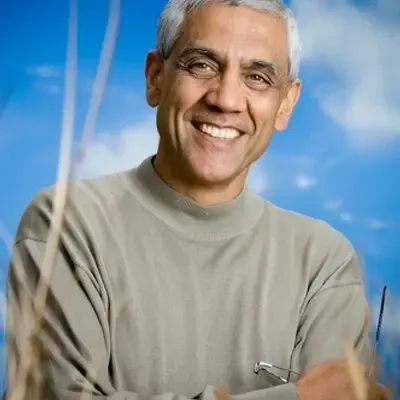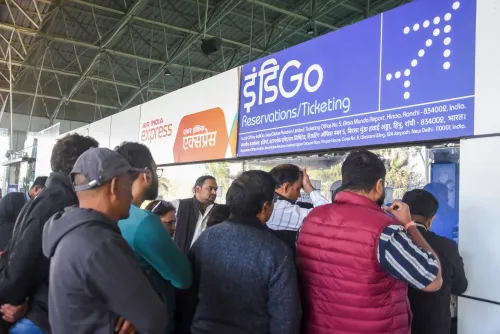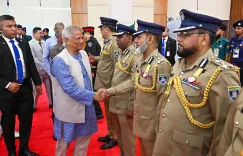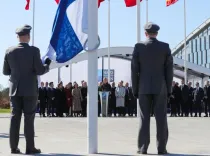Can Timely CPR Enhance Survival in Cardiac Arrest Situations?
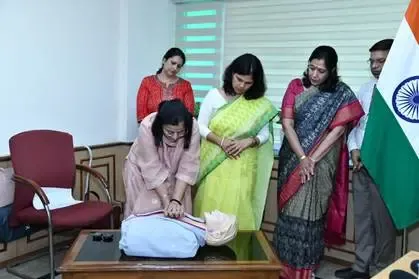
Synopsis
Key Takeaways
- Timely CPR significantly enhances survival rates during cardiac arrests.
- CPR Awareness Week promotes public education and training.
- Every community should have trained individuals in CPR.
- Hands-only CPR can be performed by anyone.
- Immediate action in emergencies is crucial for survival.
New Delhi, Oct 13 (NationPress) The prompt application of Cardiopulmonary Resuscitation (CPR) can dramatically increase the likelihood of survival in cardiac arrest incidents, according to Union Health Secretary Punya Salila Srivastava during the launch of CPR Awareness Week on Monday.
Cardiopulmonary Resuscitation (CPR) is a crucial and lifesaving emergency technique that significantly enhances survival rates in serious cardiac situations.
This initiative, organized by the Health Ministry, is set to unfold from October 13-17 across the nation, aiming to foster widespread awareness, encourage training, and motivate community involvement in CPR.
“The straightforward practice of performing hands-only CPR can maintain blood circulation and oxygen supply to essential organs until professional assistance arrives, thereby greatly improving survival odds,” emphasized Srivastava, underscoring the pressing necessity to empower the public with CPR skills.
She mentioned that the government's goal is to ensure that every home, educational institution, workplace, and public area has at least one person trained in this essential lifesaving technique.
“This initiative is based on the reality that cardiac arrest is a leading cause of sudden deaths in India, with approximately 70 percent of such events occurring outside of medical facilities, where immediate help is often lacking. In these critical instances, the timely application of CPR by a bystander can markedly enhance survival outcomes,” stated the Health Secretary.
During the opening ceremony, attendees made a commitment to advocate for CPR awareness and inspire others to learn this vital technique.
The event included a live demonstration of hands-only CPR by medical professionals, illustrating the simple steps anyone can take to save a life during a cardiac crisis.
CPR consists of a blend of chest compressions at a rate of 100 compressions per minute, along with rescue breathing (mouth-to-mouth), to ensure blood flow and oxygen delivery to the brain and essential organs until professional medical help arrives.



